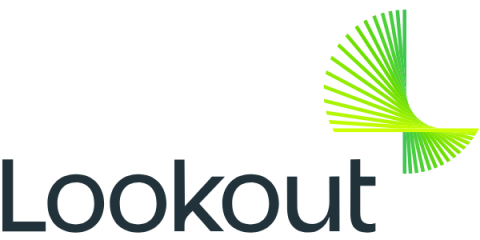From Detection to Remediation: Securing Cloud Data with Lookout
Cloud storage in SaaS apps has become an indispensable tool for organizations of all sizes, with as much as 60% of corporate data now residing in the cloud. However, the convenience of cloud storage comes with the risk of data leaks, which can have devastating consequences. While cloud storage allows for easy data sharing and collaboration, it also opens up potential vulnerabilities that must be addressed.














